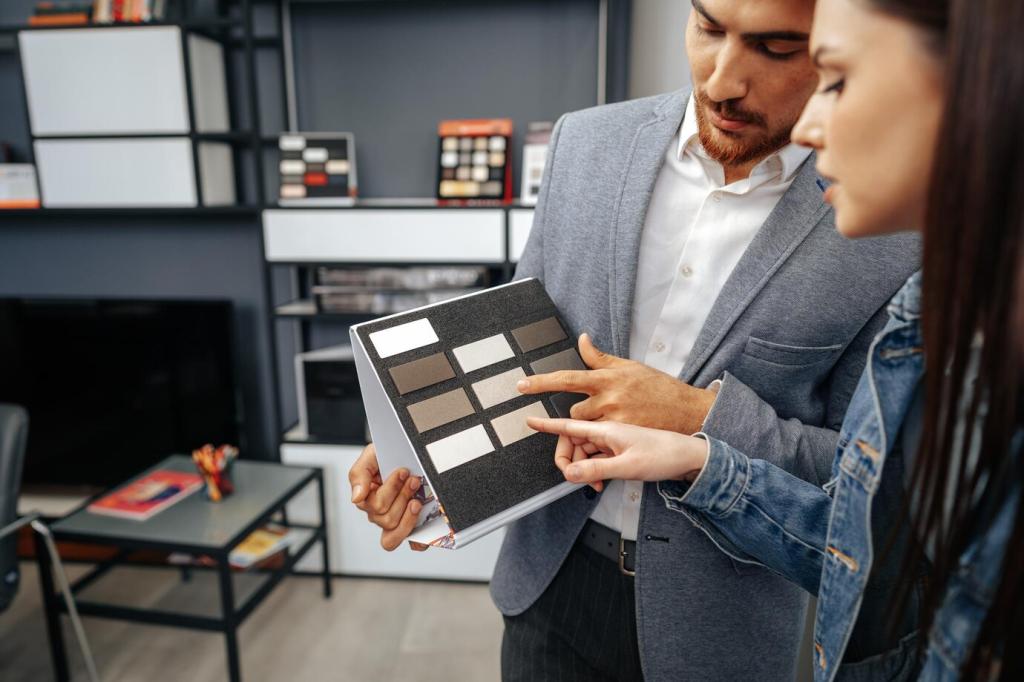
Inside the Mind: The Psychology Behind Home Decor Ad Copy
Chosen theme: The Psychology Behind Home Decor Ad Copy. Step into a welcoming space where words, colors, and subtle cues transform a simple room into a lived-in dream. Learn how behavioral insights make home decor copy feel personal and irresistible—then share your take, subscribe for fresh ideas, and help shape our next experiment.
Warm Tones, Warm Hearts
Reds, terracottas, and honeyed neutrals suggest hospitality and belonging, especially when copy hints at gatherings, laughter, and lingering dinners. One reader told us a single line about “sunlit caramel walls” convinced them to repaint their living room.
Cool Hues, Calm Clarity
Blues and soft greens quietly promise restoration, so copy that frames a bedroom as a “breathing space” gains immediate credibility. Pair serene color language with sensory cues—crisp linen, gentle dawn—to help audiences visualize calm without overtly selling it.
Accent Colors as Conversion Cues
Strategic accents guide attention. When a CTA button mirrors a throw pillow’s citrus pop, the brain links action with delight. Try copy that names the accent: “Tap the lemon thread,” then ask readers which accent sparks their mood today.

Framing Home Decor as Identity, Not Just Objects
Stories beat specs. Describe a hallway bench as “the place shoes finally belong and hellos linger,” and you sell relief and ritual. Readers often reply with their own hallway moments—prompt them to share, then invite them to subscribe for weekly storytelling prompts.
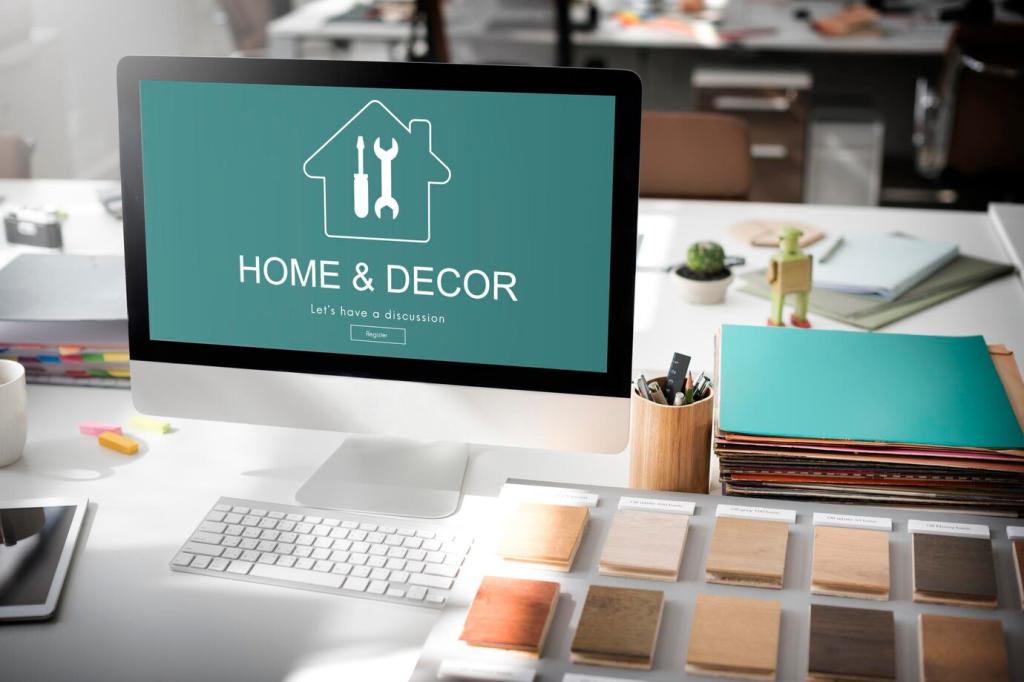
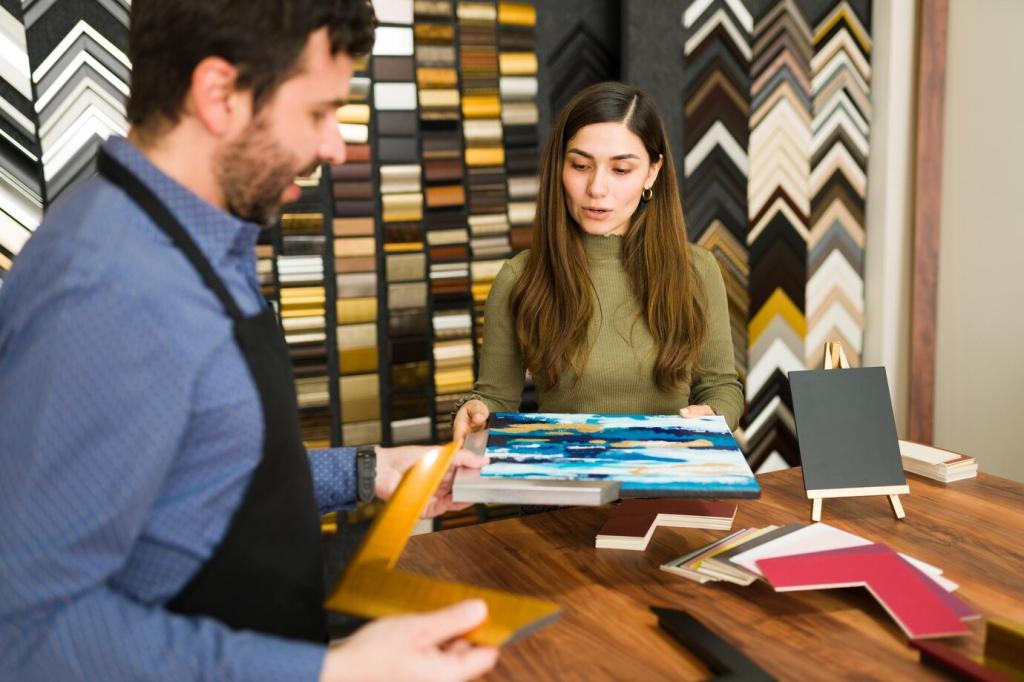
Storytelling Devices That Sell Comfort Without the Hard Sell
Contrast unlocks clarity. Frame a space “before” as echoing and chilly, then “after” as layered with texture and light. Keep the copy human: someone kicked off shoes, left a book open, and finally exhaled. Invite readers to share their next transformation.
Storytelling Devices That Sell Comfort Without the Hard Sell
A headline like “Breakfast sun on a forgiving table” paints a scene quickly. It earns the scroll more reliably than generic claims. Collect real moments from readers and weave them into future micro-scenes—then credit subscribers inside the copy.
Cognitive Biases: Ethical Persuasion for Home Decor
People value what they help build. Copy that invites small customizations—choosing leg finishes, mixing cushion covers—creates attachment before checkout. Emphasize “your hand in this” without implying work. Ask readers which tiny choice made a big difference at home.
Cognitive Biases: Ethical Persuasion for Home Decor
Humans dislike losing comfort. Instead of scare tactics, show what’s preserved: quiet mornings, organized closets, protected floors. “Keep the warmth you’ve earned” is kinder than “Don’t miss out.” Encourage comments about comforts readers refuse to compromise.
Cognitive Biases: Ethical Persuasion for Home Decor
Context guides value. Place a hero piece beside a simpler option and explain the difference in durability and mood. Use time anchors—“per night of better sleep”—to help sense worth. Invite subscribers to suggest anchors that feel honest and helpful.

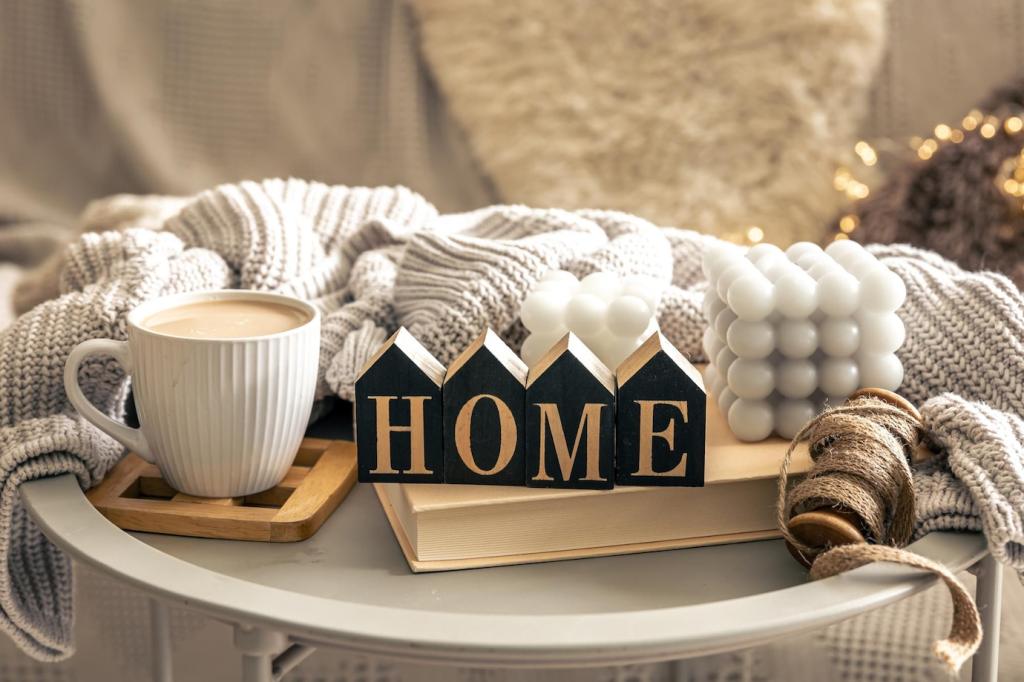
Trust Builders: Signals That Feel Like a Handshake
Swap “premium” for “oak veneer with visible cathedral grain” and “tested for 10,000 drawer pulls.” Tangible details calm skepticism. Encourage readers to request the next spec deep-dive in the comments, then deliver it in a subscriber-only note.
Trust Builders: Signals That Feel Like a Handshake
Admit trade-offs simply: “Spot-clean only; it keeps the boucle beautifully nubby.” Owning limits builds confidence in every claim. Ask your audience what they’d rather know upfront and create a transparency checklist they can download after subscribing.
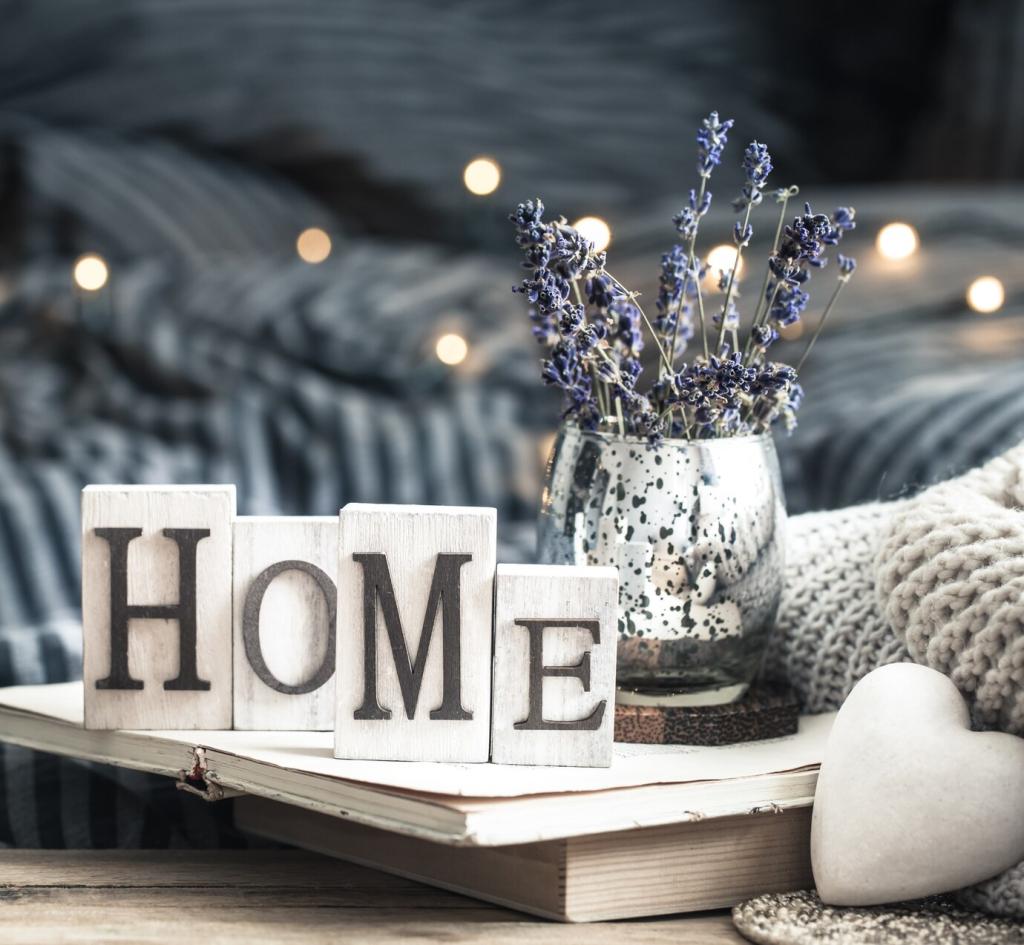
After a cozy buildup, “Save this palette for later” extends the feeling without pressure. Pair with a reassuring next step: “We’ll keep it waiting.” Ask readers which CTAs feel like a nudge, not a shove, and build a shared library.
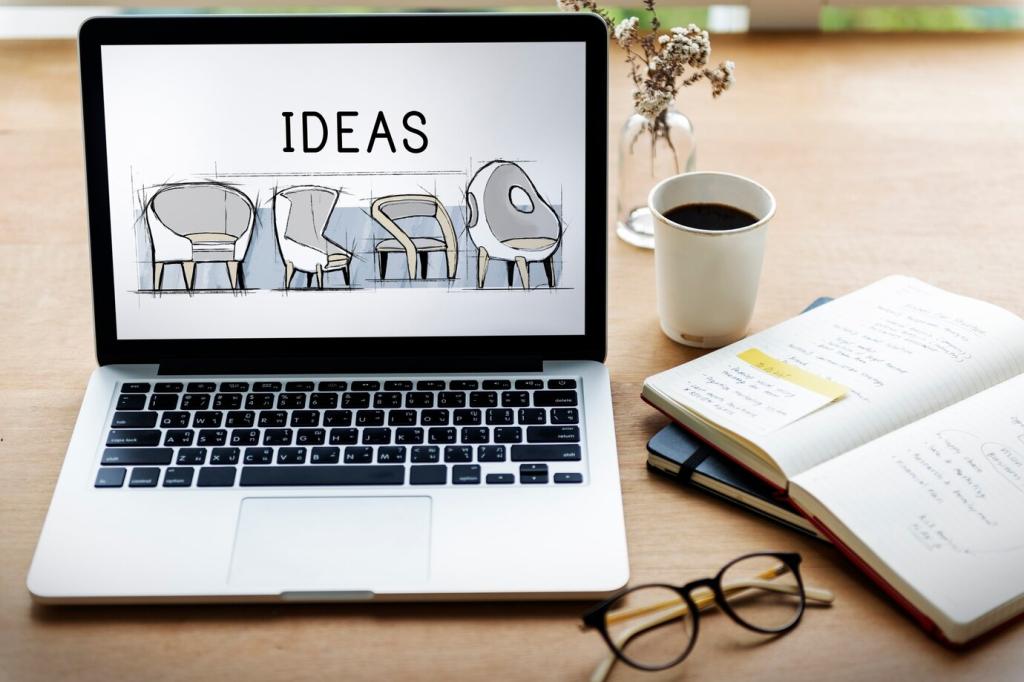
Offer two clear paths, both good: “See it styled three ways” or “Check fit in your space.” Choices reduce decision fatigue when copy explains outcomes. Invite subscribers to vote on the most helpful pairing for upcoming launches.

Start small: “Email me this room recipe.” Celebrate the micro-win, then suggest the next rung. Each step earns trust and clarity. Ask readers which step they want next—palette guide, lighting cheat sheet, or texture sampler—and we’ll craft it.
Test, Learn, Refine: Keeping the Copy Human
Don’t just test headlines; test feelings. “Quiet confidence” versus “playful warmth” can change outcomes. Share results transparently with readers and ask them to predict the winner before you reveal it in the next subscriber update.
Test, Learn, Refine: Keeping the Copy Human
Heatmaps, scroll depth, and pause points reveal where stories breathe. If readers linger on texture descriptions, give them more. Invite them to nominate sections they want expanded, and commit to iterating publicly for accountability.


